Natural selection in peppered moths. Animation showing how natural selection and environmental conditions affected the evolution of the peppered moth (Biston betularia). This moth, associated with birch trees, is common throughout Europe and North America. It exists in two forms, a light form and a dark form (carbonaria). The first part of this animation shows the change in a single base of DNA (deoxyribonucleic acid) to produce the dark form. The two forms are a famous example of natural selection. The moths are shown on a birch tree being preyed on by a bird. The lighter moths, which are camouflaged on trees covered in lichen, survive natural selection more than the dark form. This is shown by a third generation of moths in the animation, with no descendants from the dark form (eliminated by a red cross). During and after the Industrial Revolution (factory shown) sooty pollution in the 19th century turned trees black. The lighter moths were no longer camouflaged on the darker trees and were preyed upon by birds. Within 50 years the darker form became the more common. However, after the introduction of clean air laws, the lighter form once again became the most common form.
Details
WebID:
C01840896
Clip Type:
RM
Super High Res Size:
1920X1080
Duration:
00:01:31.000
Format:
QuickTime
Bit Rate:
25 fps
Available:
download
Comp:
200X112 (0.00 M)
Model Release:
NO
Property Release
No

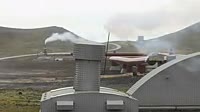

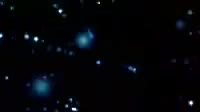
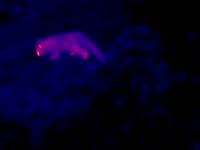

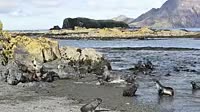

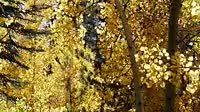

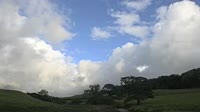


 Loading
Loading